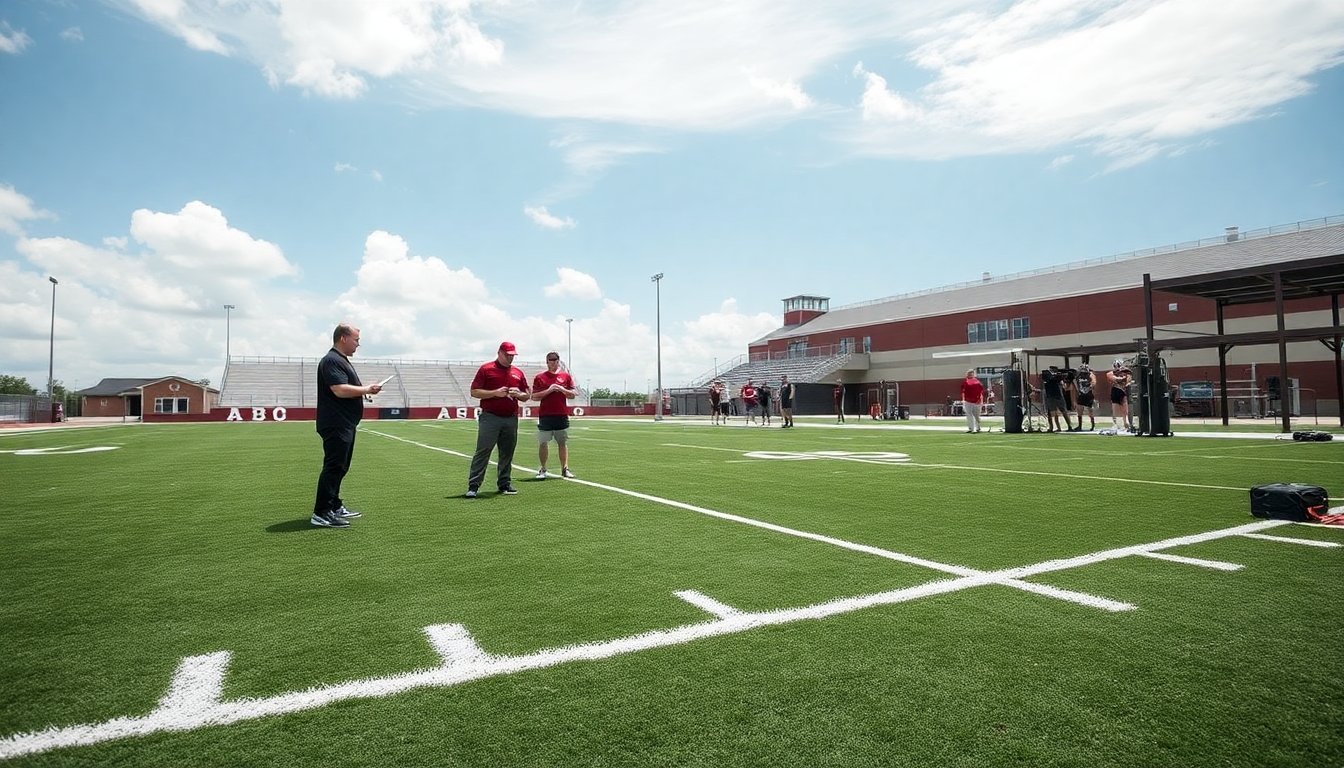Table of Contents
The landscape of college football is constantly evolving, with numerous teams adapting to new challenges. Among them, the Oklahoma Sooners have made significant strides. As they entered the SEC, Oklahoma initiated a comprehensive overhaul of its organizational structure. This included appointing a general manager with authority equal to that of the head coach and conducting an extensive search for a new athletic director led by a prominent industry figure. These changes position Oklahoma as a serious contender in college football.
Structural changes and leadership evolution
Oklahoma has adopted a dual-leadership model, reflecting a growing trend in professional sports. By introducing a general manager, similar to those in professional football, the team fosters a more collaborative approach to management. This shift enhances the head coach’s role and creates a more dynamic decision-making environment.
The role of the general manager
The general manager oversees player acquisitions, contract negotiations, and overall roster management. This role is pivotal, fostering a strategic alignment between coaching staff and front office operations. With the GM and head coach collaborating closely, the Sooners aim to create a cohesive vision that strengthens their competitive edge.
High-profile leadership recruitment
Oklahoma’s search for an athletic director features the involvement of a former CEO of AT&T. This innovative approach demonstrates a commitment to securing top-tier leadership that comprehends both the business and athletic dimensions of the operation. The objective is to identify a candidate capable of navigating the complexities of college athletics while promoting a culture of excellence.
Strategic vision and operational efficiency
Oklahoma is shifting its focus by seeking leadership beyond traditional sports backgrounds, emphasizing innovation and efficiency. The new athletic director will be tasked with implementing systems designed to streamline operations and improve the overall experience for both athletes and fans. This new approach aims to position the Sooners at the forefront of collegiate sports.
Modeling after the Philadelphia Eagles
Oklahoma’s transformation also involves adopting a front office model inspired by the successful structure of the Philadelphia Eagles. This strategy emphasizes analytics and data-driven decision-making, fostering a culture of collaboration and adaptability that has yielded success in the NFL.
The Eagles’ front office has gained recognition for its innovative strategies. By adopting a similar framework, Oklahoma aims to leverage analytics to enhance player development and game strategy. This commitment to modernization is crucial as technological advancements and data analysis increasingly shape the future of sports.
Building a winning culture
Central to these changes is the goal of fostering a winning culture. The Sooners are focused not only on success on the field but also on creating an environment where athletes can excel. This approach prioritizes mental health, academic support, and community engagement, ensuring that players develop into well-rounded individuals both on and off the field.
Oklahoma football’s rise in the SEC
Oklahoma football’s emergence as a leader within the Southeastern Conference (SEC) highlights the effectiveness of its innovative leadership and strategic planning. The program has adopted a dual management structure, recruiting top-tier professionals from outside traditional sports roles. This approach mirrors successful franchises, such as the Philadelphia Eagles, demonstrating a commitment to operational excellence.
As Oklahoma continues to embrace innovation and adaptability, its focus on maintaining high standards is poised to influence the future of college football significantly.


